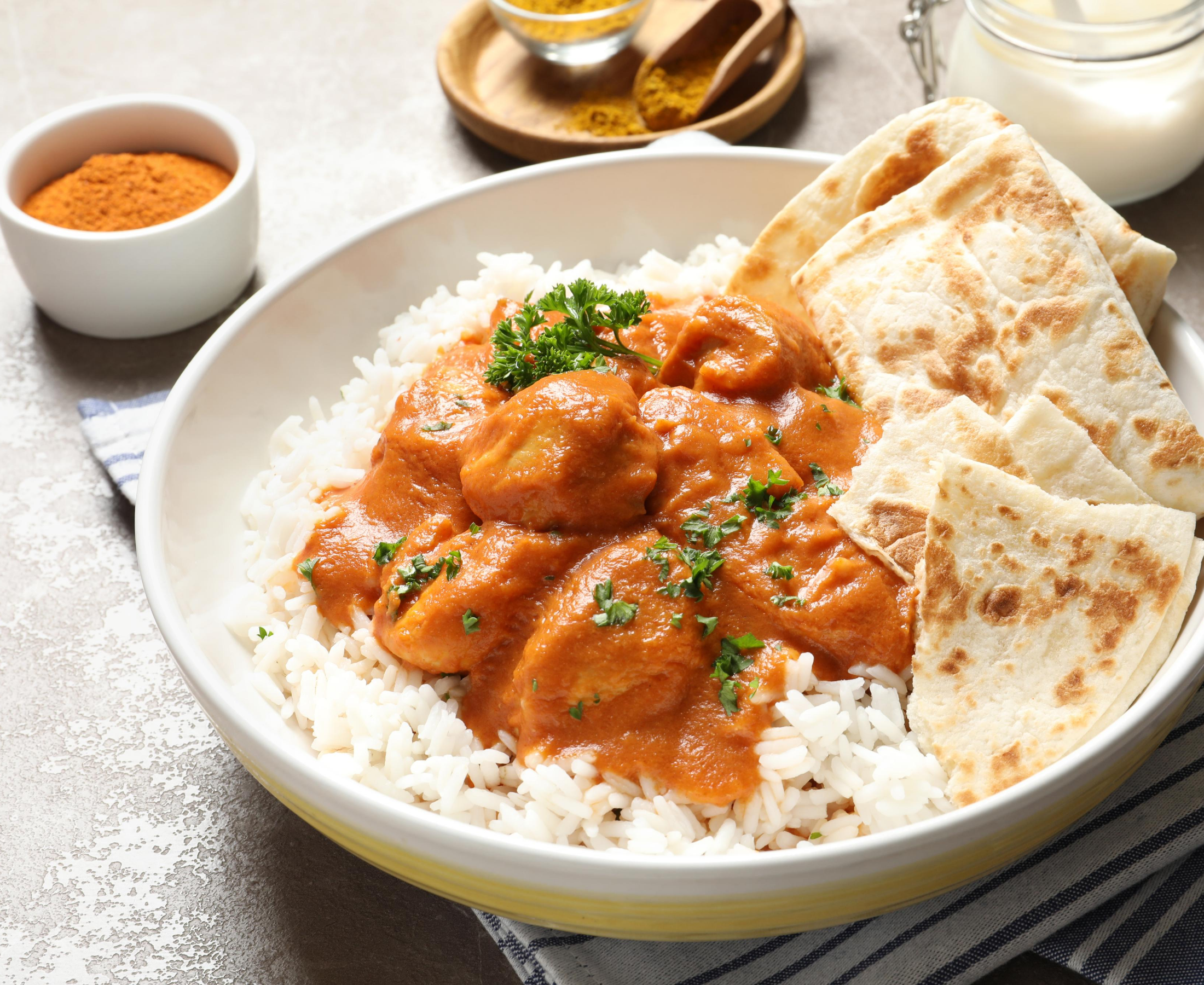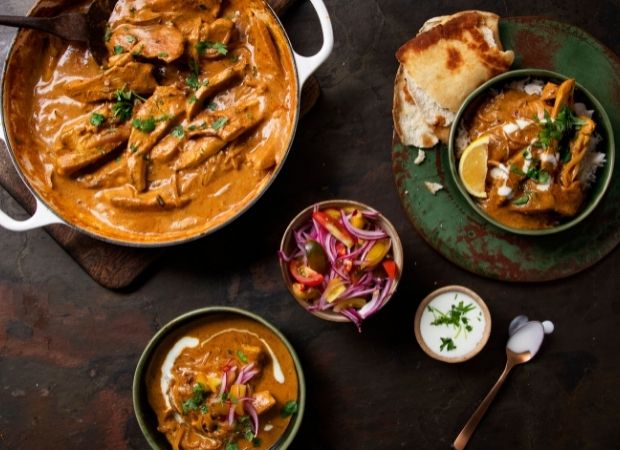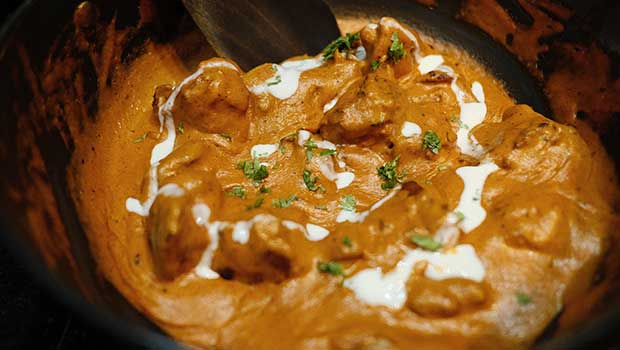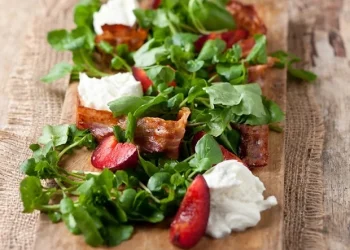A guide to the perfect butter chicken curry
Butter chicken curry originated in North India just after the India and Pakistan partition. It was a dish born from necessity as a famous restaurateur needed to find a way to use up spiced grilled chicken as there was no refrigeration at the time. He made up a thick gravy using tomatoes, cream, spices and butter and added the leftover chicken. Now it is enjoyed worldwide.
Some recipes have cashew nut paste, others have just curry powder and brown spices or whole spices and minimal chilli. Thankfully, South Africans are more spice tolerant so we do prefer the spicier version. Here are the key elements of the perfect butter chicken curry.
The marinade
This is the key to a perfect butter chicken. The powdered spices need to be mixed in with sour milk or yoghurt. Use a combination of spices that can be enjoyed by the entire family. Traditionally, it is not very chilli forward, but here in South Africa we prefer it with more chilli and masala. The spice-and-sour milk marinade needs to cover the chicken pieces for a minimum of 30 minutes but preferably overnight. The longer the chicken marinates, the better the taste and the more tender the meat. The yoghurt or sour milk helps the chicken to tenderise.
 The chicken
The chicken
Most restaurants currently prefer to use chicken breast fillets cut into pieces. Fillets are fine for a homemade curry as well, but for the best chicken flavour it is recommended to use skinless chicken on the bone, chopped into curry pieces.
The curry sauce
Always allow the whole spices to fry in the butter long enough so that the aromatics are released. It is important to allow the onions to cook till golden brown before adding in the chicken as this adds a depth of flavour.
If you prefer adding some root vegetables like potatoes, sweet potatoes or even butternut, cut them to almost the same size as the chicken and add them at the same time as the marinated chicken.
Tomato paste is best for this dish. It adds acidity, thickens up the gravy and adds colour to the dish.
Pouring cream or single cream works wonderfully. Drop the heat to a gentle simmer just before the cream is added. This allows the cream to mix in beautifully with the rest of the curry and absorb all of the different spice blends to produce a well-rounded dish .
As mentioned previously, some recipes add cashew nut paste. This does three things to the dish: it adds thickness, adds sweetness and mellows out the curry. But it can dull the delicious chicken flavour.
WATCH: How to make butter chicken curry
 Variations
Variations
While butter chicken curry is a classic in its own right, it does lend itself to many diverse dishes.
- Butter chicken samosas: cut the ingredients finely as they will be used as filling. Always allow the curry to cool completely before filling the pur (samosa pastry). The gravy must be present but dry enough to coat every piece.
- Butter chicken naan pizzas: use some of the sauce as the base sauce for pizza. Top with cooled butter chicken pieces, fried onions and minimal cheese before baking.
- Butter chicken pie: line the bottom and the sides of the pie dish with puff pastry, add butter chicken curry with root vegetables and allow to bake for 20 minutes. Note that you want to use a drier butter chicken curry for this variation, so use less cream. Remove from the oven, top with scrunched up butter-brushed filo pastry sheets or samosa pur to create the lid, and bake for a further 20 minutes until golden.
- Butter chicken pasta: cook the butter chicken curry, add the pasta of your choice and garnish with chopped herbs.
Note that all of these variations require the curry to be cooked with boneless chicken, preferably the day before to get a fuller taste.















Not sure what was the point of this article is when there is no recipe to follow all the tips. We want to make the food guys, not just read up about it. Am I missing something?
Wayne,
Open the watch link and you will find the recipe